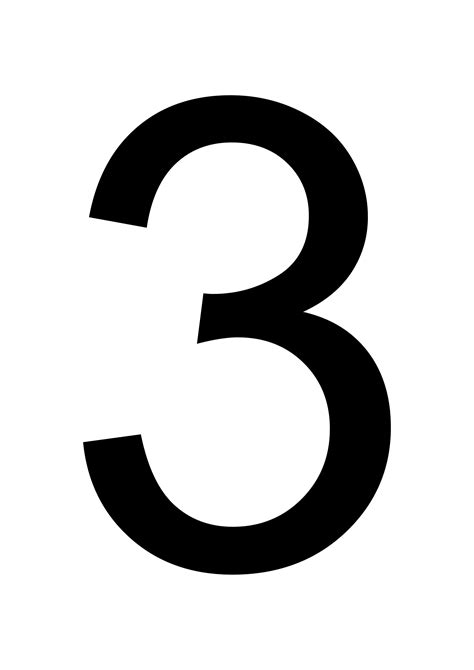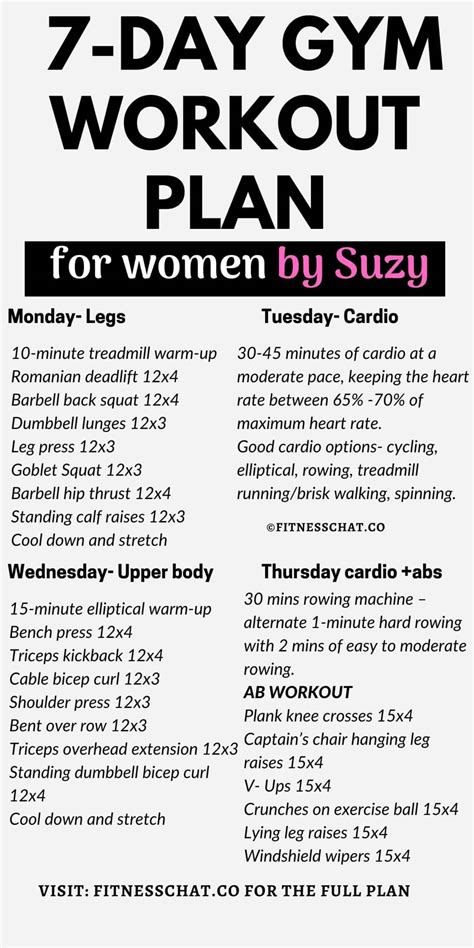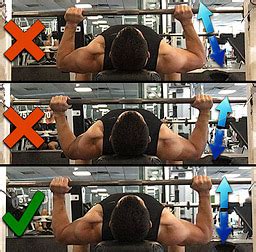Understanding Poor Posture in Men
In today’s world, many men find themselves battling the insidious effects of poor posture. Whether it’s from long hours spent hunched over a desk, repetitive movements, or simply a lack of proper muscle engagement, rounded shoulders, a slouched back, and forward head posture are increasingly common. Beyond aesthetic concerns, poor posture can lead to chronic pain, reduced mobility, and even impact confidence. The good news is that with targeted exercises, you can not only correct these postural imbalances but also forge a stronger, more resilient back.

The Core Pillars of Posture Correction & Back Strength
Fixing poor posture isn’t just about ‘standing up straight’; it’s about strengthening the muscles that support your spine and shoulders, and improving your body’s kinesthetic awareness. The following three exercises are chosen for their effectiveness in targeting key muscle groups essential for a powerful back and impeccable posture in men.
1. Face Pulls: The Shoulder & Upper Back Specialist
Face pulls are an often-overlooked exercise that directly targets the muscles responsible for pulling your shoulders back and keeping your upper back strong: the rear deltoids, rhomboids, and external rotators of the shoulder. This exercise is incredibly effective at counteracting the ‘desk worker’s slump’ and improving shoulder health.
How to Perform:
- Attach a rope handle to a cable machine at chest height.
- Grab the rope with an overhand grip, thumbs pointing towards you, and take a step back until the cable is taut.
- Initiate the pull by driving your elbows back and wide, aiming to pull the rope towards your face (specifically between your nose and forehead).
- Squeeze your shoulder blades together forcefully at the end of the movement, then slowly control the rope back to the starting position.
- Focus on a controlled movement rather than heavy weight.

2. Superman Exercise: The Spinal Erector & Glute Builder
The Superman exercise is a bodyweight powerhouse for strengthening the entire posterior chain, including the erector spinae (muscles running along your spine), glutes, and hamstrings. It helps improve spinal stability and extension, crucial for maintaining an upright posture and preventing lower back pain.
How to Perform:
- Lie face down on the floor with your arms extended forward and legs straight behind you.
- Keeping your head in a neutral position (looking at the floor), simultaneously lift your arms, chest, and legs a few inches off the ground.
- Squeeze your glutes and lower back muscles at the peak of the movement.
- Hold for 1-2 seconds, then slowly lower back to the starting position.
- Perform controlled repetitions, focusing on muscle contraction rather than height.

3. Pull-ups / Lat Pulldowns: The Broad Back & Scapular Stabilizer
Pull-ups (or lat pulldowns if pull-ups are too challenging initially) are fundamental for developing a strong, broad back. They primarily target the latissimus dorsi, biceps, and critically, the muscles that stabilize and retract the scapula (shoulder blades). Strong lats and scapular stabilizers are vital for pulling your shoulders down and back, preventing rounded shoulders.
How to Perform (Pull-up):
- Hang from a pull-up bar with an overhand grip, hands slightly wider than shoulder-width apart.
- Engage your lats and pull your body upwards until your chin clears the bar, focusing on pulling your elbows towards your hips.
- Keep your chest up and shoulders pulled down and back throughout the movement.
- Slowly lower yourself back to the starting position with control.
How to Perform (Lat Pulldown):
- Sit at a lat pulldown machine, adjusting the knee pad to secure your legs.
- Grab the bar with a wide overhand grip.
- Lean back slightly and pull the bar down towards your upper chest, squeezing your shoulder blades together.
- Control the bar back up to the starting position, allowing your lats to fully stretch.

Integrating & Beyond: Tips for Sustained Posture Improvement
Incorporating these exercises into your routine 2-3 times per week will yield significant results. However, true posture correction requires more than just gym time:
- Mindfulness: Be aware of your posture throughout the day, especially while sitting or standing.
- Stretching: Regularly stretch tight chest muscles and hip flexors, which can pull you into a slouched position.
- Ergonomics: Optimize your workspace setup to support good posture.
- Core Strength: A strong core provides a stable base for your spine.
- Consistency: Posture improvement is a marathon, not a sprint. Consistency is key.

Forge a Stronger Back, Stand Taller
By diligently performing face pulls, Supermans, and pull-ups/lat pulldowns, men can effectively combat poor posture, build substantial back strength, and cultivate a more confident and healthier physique. Embrace these movements as a cornerstone of your fitness journey, and you’ll not only look better but feel significantly better, too.




